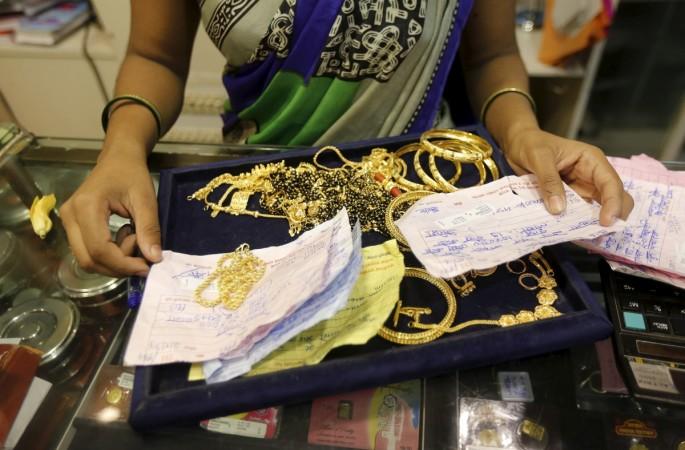
The Economic Survey 2015-16 tabled Friday in Parliament exposes a well-kept Indian secret: The rich benefit more from the government's subsidy and tax incentives than the poor.
In its analysis of subsidies and tax sops, and the real beneficiaries of these benefits, the survey explains how rich or well-off Indians benefit in many ways by shrewd tax planning and anomalies existing in the current system.
Public Provident Fund
The Public Provident Fund (PPF) is a highly popular savings instrument among individuals, which gives tax-payers the EEE benefit (contributions are exempt up to Rs 1.5 lakh annually, interest is exempt and amount received at the time of withdrawal is exempt) and is used by Indians in the top two income-tax slabs of 20 percent and 30 percent. Contributions to the PPF are exempt under Section 80C of the Income Tax Act.
"We can indirectly infer how well-off beneficiaries of the PPF scheme are. Roughly 62 per cent of total Section 80C deductions in FY 2013-14 were accounted for by taxpayers with gross taxable income more than Rs 4 lakh (47 percent by those earning more than Rs 5 lakh)," the survey says.
"In sum, the effective returns to PPF deposits are very high, creating a large implicit subsidy which accrues mostly to taxpayers in the top income brackets. The magnitude of this implicit subsidy is about 6 percentage points — approximately Rs 12,000 crore in fiscal cost terms," it adds.
Gold
The world's biggest gold consumer has a rather skewed pattern when it comes to consumption and the benefits thereof. "The 'rich' consume most of it (the top 20 percent of population accounts for roughly 80 percent of total consumption) and the poor spend almost a negligible fraction of their total expenditure on it," the survey says.
It then goes on to explain how the tax treatment for the yellow metal is inexplicable.
"Yet, gold is only taxed at about 1-1.6 percent (states and Centre combined), compared with tax of about 26 per cent for normal goods (the Central government's excise tax on gold is zero compared with 12.5 per cent for normal commodities.) In other words, there is a huge subsidy of about 25 percentage points (the difference between average tax on other commodities and tax on gold). About 98 per cent of this subsidy accrues to the better-off."
LPG
"LPG consumers receive a subsidy of Rs 238.51 per 14.2-kg cylinder (as in January 2016), which amounts to a subsidy rate of 36 percent (ratio of subsidy amount to the market price). It turns out that 91 percent of these subsidies are accounted for by the better-off as their share of consumption of LPG in the total consumption is about 91 percent; while the poor account for only 9 percent of LPG consumption and hence only 9 percent of subsidies go to them. So, this subsidy, aimed at benefitting the poor, is hardly being used by them," according to the survey.
Other commodities and services from which rich Indians benefit implicity are kerosene, electricity, railway fares and aviation turbine fuel, according to the survey.
It makes a strong case for removing such anomalies to strengthen the case for economic reforms, an endevour often seen as politically incorrect from an electoral viewpoint in India.
"There are a fair amount of government interventions that help the relatively-better-off in society. Addressing these interventions and rectifying some egregious anomalies may be good not only from a fiscal and welfare perspective, but also from a political economy welfare perspective, lending credibility to other market-oriented reforms," it says.
"The Rs 1 lakh crore of subsidy going to the better-off merely on account of six commodities plus the small savings schemes represent a substantial leakage from the government's kitty, and an opportunity foregone to help the truly deserving," the survey concludes.
The Union Budget for the FY2016-17 will be presented Feb. 29 by Finance Minister Arun Jaitley. It will be the third by the BJP-led NDA government after it was voted to power in May 2014.

















